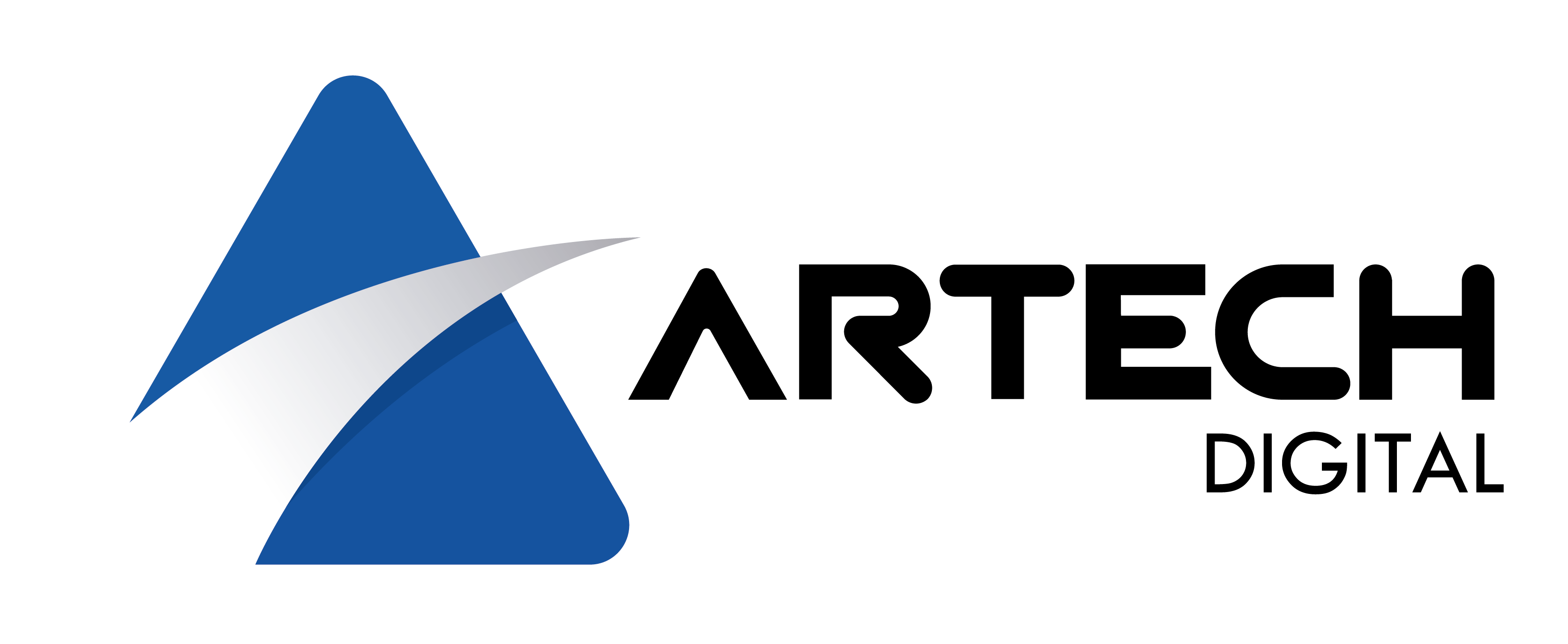As the technology and everything evolves the Internet also does and not only in sight; but also are the algorithms of Google that continually change.
Google constantly modifies its algorithms to force us to optimize our website and respond to our needs.
Google Panda and Penguin are some of the most relevant.
The principal purpose of Google Panda was to fight against websites with duplicate content and full of publicity; with the mission of positioning websites with quality content in the top positions.
How did you rate websites to know that they are of quality? It is as simple as measuring the natural links to the web;the percentage of rebound. The design of the web, the number of visits, the frequency with which we publish new content.
While Penguin fought against offpage bad practice; punishing the automatic linkbuilding, which is nothing more than preventing the automatic generation of links to external pages.
Another of Google’s great changes that is one of the most recent is Colibri but this has barely raised a stir among the SEO community because what it tries to focus on is understanding new user searches based on more complex phrases and more semantic contexts.
Google seeks to work together with a legal linkbuilding strategy, offering good content and where your social networks are involved to help you.
The new algorithm change is based on a study that was made to see if the traffic to it was through a desktop or a mobile device; as we know times have changed and both Google and its website must adapt to the technologies and that most of us do everything through our mobile.
But how do these changes influence digital marketing or SEO positioning?
When search engines first appeared; search engine marketing professionals were able to find “easy” ways to get the search engine to rank their client’s website.
Sometimes it was an easy task like adding a little code to the website called a keyword meta tag. This meta tag archived the search engines what the website was about.
Before this search engine didn’t change its algorithms so frequently everything changed in 2010 with the launch of Google Caffeine. Search engine results have changed several times a day instead of weeks. It makes more than 600 changes to its algorithm in a single year; and the great majority of these are not even announced as long as they are small changes.
But, when Google makes a very big change and gives it a name; they advertise it and all the SEO professionals in the world go crazy trying to find a way to understand the change and use it to give an advantage to their customers.
The SEO world is a battleground every time Google changes its algorithms, all for the goal of positioning on the first pages of it.
To focus better we have:
Google Search Console Verification: Currently only verifies your desktop site and you will need to make sure that the mobile version of the site is also verified so that you can get up-to-date information about tracking;indexing and any problems on Your website.
XML Sitemap and robots.txt: make sure that any link to your XML sitemap is accessible from the mobile version of your site.
The same applies to the robots.txt file as there could be ramifications if it cannot be accessed; and you have pages that you control using the do not allow command or other key instructions.
Metadata: Make sure that the key metadata elements (page titles and metadescription) are equivalent in both versions of your pages. The reason why this search engine recommends ‘equivalent’ rather than ‘identical’ is to potentially optimize your titles for the shortest real estate on mobile SERPs. However, you should be sure to include the same keywords in the titles of your mobile device pages.
Social tags: Open Graph tags and Twitter cards (as well as other social metadata) should be included in both the mobile and desktop versions of the site.
It can be said that Google is undoubtedly a very difficult tool to please; as their algorithms change the world of positioning and marketing becomes crazy to want to be in the top positions of this important browser.
To appear on Google must follow certain rules according to your brand or company; it is very easy and simple when you do it the right way.
Also another important factor are social networks, having a profile on Facebook, Twiiter, Linkedin or Google plus is considered indispensable; to improve our results on it (its algorithm takes very much into account the social media, and 199 other elements).
Of all the current social networks, it has been shown that having a profile on Google plus is the best way to raise positions in search results; (being Google, could not be another way). But, it is not enough to give a profile and leave it there; we have to do a number of actions to see reflected in our website this improvement in SEO.
This post is also available in:
 Español (Spanish)
Español (Spanish)
















